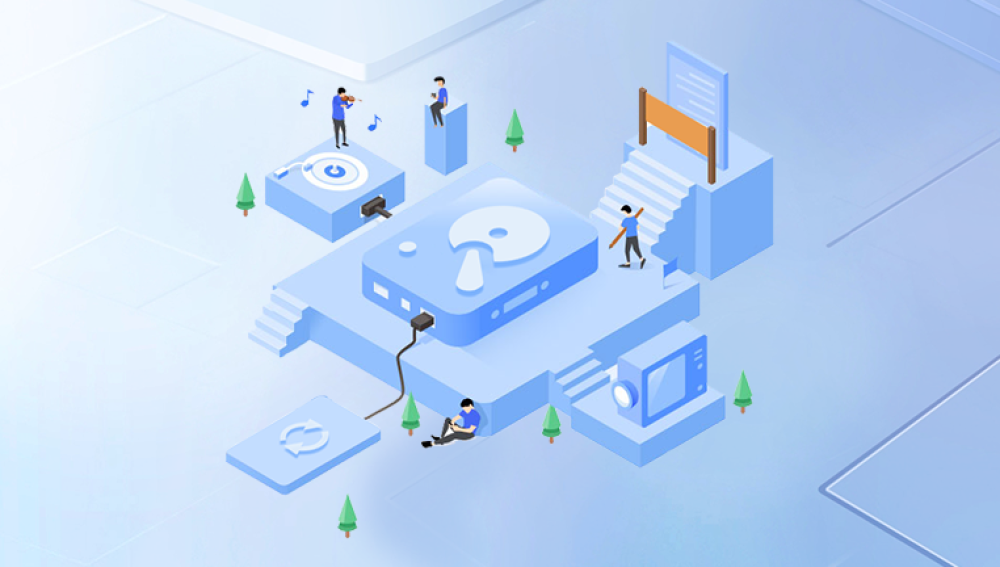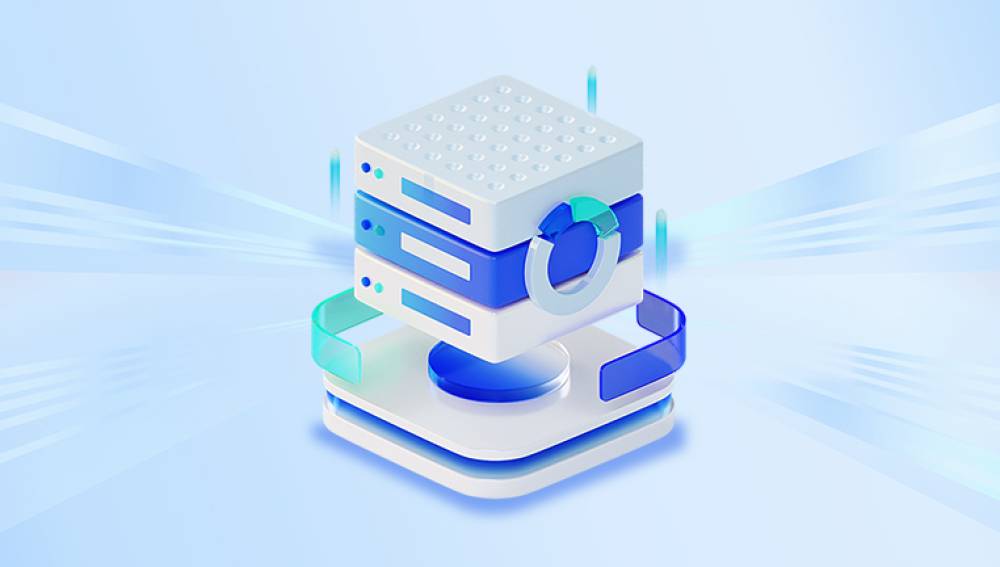When a hard drive crashes, the initial reaction is often panic and understandably so. Hard drives often store years’ worth of documents, photos, videos, and work files, and losing them can feel devastating.
1. Hard Drive Crash
Before you attempt recovery, it’s important to understand what a “hard drive crash” means. The term can refer to:
Logical Crash – The drive’s physical parts are fine, but the file system or firmware is corrupted.
Examples:
Damaged partition table
Corrupted operating system files
Deleted system files
Physical Crash – The drive’s components are damaged.

Examples:
Head crash (read/write head touches platters)
Spindle motor failure
Damaged circuit board
Mixed Failures – Both logical and physical damage occur, such as when a drive experiences mechanical damage that also corrupts data structures.
Common Causes of Drive Crashes
Power surges or sudden power loss
Mechanical wear and tear over time
Overheating due to poor ventilation
Accidental drops or shocks
Firmware corruption
Malware attacks
Manufacturing defects
2. Signs Your Hard Drive Has Crashed
Recognizing symptoms early can improve recovery chances:
Clicking or grinding noises (possible head crash)
Drive not detected in BIOS or Disk Management
Frequent freezing or “blue screen” errors
File or folder corruption
Extremely slow read/write performance
Repeated “CRC” (Cyclic Redundancy Check) errors
⚠ If you hear loud clicking or grinding sounds, power off the drive immediately — continued use can make recovery impossible.
3. Initial Steps — What to Do First
Stop Using the Drive Immediately
Continued operation risks overwriting recoverable data.
Disconnect and Isolate the Drive
Remove it from the system to prevent background processes from writing to it.
Assess the Type of Failure
If the drive spins normally but isn’t detected, it’s likely logical.
If the drive doesn’t spin or makes loud noises, it’s likely physical.
Back Up If Partially Accessible
If the drive still functions intermittently, copy the most important files first.
4. Preparing for Data Recovery
Gather the necessary tools:
Secondary computer or bootable USB recovery environment
External drive or large USB stick to save recovered files
Recovery software (for logical crashes)
SATA-to-USB adapter or external enclosure (if recovering from another computer)
Create a sector-by-sector clone (if possible) before attempting recovery.
Free tools like Clonezilla or professional tools like R-Studio can help.
5. Software-Based Recovery (Logical Crash)
Drecov Data Recovery
A crashed hard drive can feel like a nightmare, especially when it holds important documents, cherished memories, or critical work files. Whether the crash is caused by physical damage, corrupted system files, or malware, Drecov Data Recovery offers a reliable way to retrieve your data quickly and efficiently. Designed with an intuitive interface, the software is suitable for both beginners and advanced users, making it easier to navigate through stressful data loss situations.
When dealing with a crashed hard drive, time is of the essence. The longer the drive remains in a damaged state, the higher the risk of permanent data loss. Drecov Data Recovery employs advanced scanning algorithms to detect lost or inaccessible files, even when your computer fails to recognize the drive. It supports a wide range of file formats, including documents, photos, videos, and compressed archives, ensuring that no valuable data is left behind.
The recovery process is straightforward: connect the crashed hard drive to a working computer, launch Drecov Data Recovery, select the affected drive, and run a deep scan. The software will present a preview of recoverable files, allowing you to choose exactly what to restore. This selective recovery saves time and storage space while ensuring you get only what you need.
6. Hardware-Based Recovery (Physical Crash)
If the crash is physical, the process is more complex.
Options:
PCB Swap – Replacing the drive’s circuit board with an identical model (often requires firmware transfer).
Head Replacement – Only possible in a cleanroom environment.
Platter Transplant – For severe head crashes or spindle issues, also requires a cleanroom.
⚠ Do not attempt DIY mechanical repairs unless you have professional experience — one wrong move can destroy the data permanently.
7. Using Professional Data Recovery Services
For severe physical damage or critical data:
Ontrack, DriveSavers, Gillware, and Drecov Data Recovery Labs offer cleanroom recovery.
Typical cost: $300 – $2000+ depending on damage severity.
Many offer a “no data, no fee” policy.
8. Special Scenarios
Case 1 – Drive Detected but Unreadable
Boot from a Linux live USB (like Ubuntu) and try copying files.
Sometimes Linux can bypass Windows read errors.
Case 2 – Corrupted Partition Table
Use TestDisk to repair or rebuild the table.
Case 3 – External Hard Drive Crash
Remove the internal HDD from the casing and connect directly to a PC via SATA.
9. Avoiding Common Mistakes
Don’t run CHKDSK on a physically damaged drive — it may overwrite recoverable sectors.
Don’t install recovery software on the crashed drive.
Don’t open the drive outside a cleanroom.
Don’t freeze the drive (the “freezer trick” is outdated and often harmful).
10. Prevention Tips
Use automatic backups (cloud or NAS).
Install a UPS to prevent power surge damage.
Avoid physical shocks by securing drives properly.
Monitor SMART health stats regularly with tools like CrystalDiskInfo.
11. Quick Recovery Checklist
Stop using the drive immediately.
Determine failure type.
Clone the drive if possible.
Use trusted recovery software for logical crashes.
Seek professional help for physical damage.
Store recovered files on a separate device.
Implement backups to prevent future loss.
Recovering data from a crashed hard drive is a race against time and further damage. Acting quickly, avoiding risky DIY repairs, and using the right tools or professionals can make the difference between full recovery and permanent loss.
With good backups in place, you can avoid the stress altogether — but when disaster strikes, knowing these methods gives you a fighting chance.




